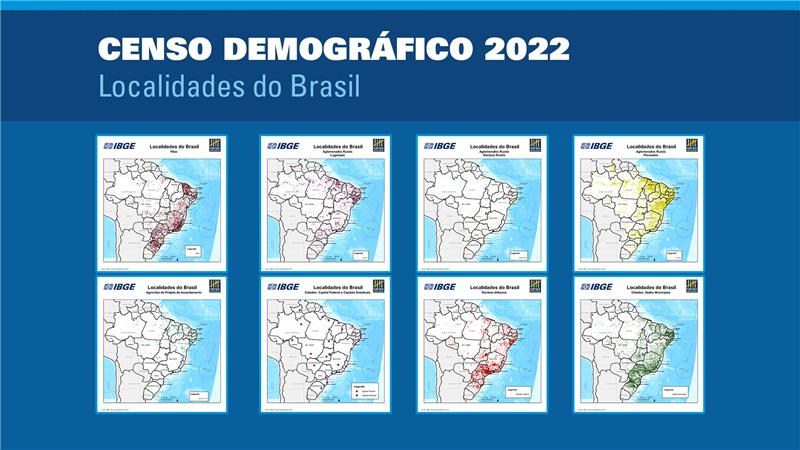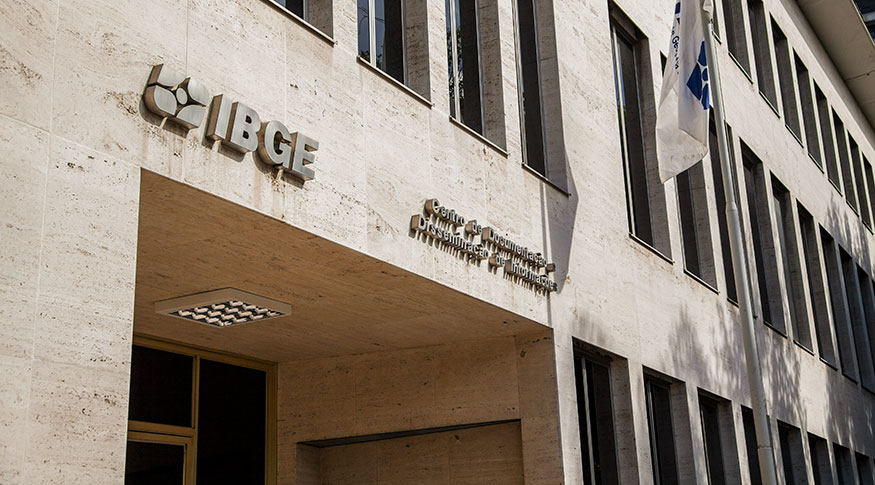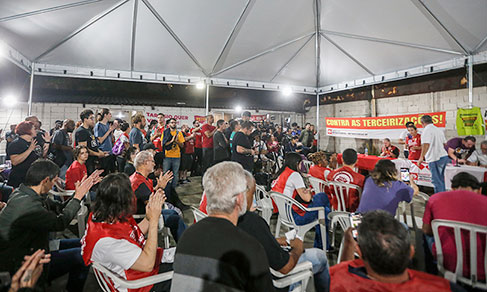Continuous PNAD
Unemployment falls to 12.3% in the year with a record of persons in informality
January 31, 2019 09h00 AM | Last Updated: January 31, 2019 02h02 PM

The average unemployment rate in Brazil fell from 12.7% in 2017 to 12.3% in 2018, offsetting the trend observed since 2015, according to the Continuous National Household Sample Survey (Continuous PNAD), released today by the IBGE. Indicators of informality, however, did not follow this increment and stood at the highest level of the time series started in 2012.
The survey showed that 12.8 million persons were unemployed on average last year, 3% less than in 2017. However, compared to the lowest point in the series, in 2004, when it reached 6.7 million, there was an increase of 90.3%.
Record highs in informality are shown, for example, in the smallest number of people with a formal contract, except for domestic workers, in the time series, which reached 32.9 million in 2018. Another indicator that shows the increase in the informal market is the number of employees without a formal contract in the private sector, excluding domestic workers, which reached 11.2 million. Self-employed workers also achieved the highest level in the series, 23.3 million, a little more than a quarter of the total employed population in the country. The total number of domestic workers reached 6.2 million persons, also the highest level in the series, of which less than a third (29.2%) had a formal contract, the lowest percentage since 2012.
"Those numbers point out to a trend that we have been observing of informality increase as opposed to the unemployment decrease," explains IBGE's Labor and Income Coordinator, Cimar Azeredo. "The annual unemployment rate of 12.3%, even though it is slightly lower than that of 2017, is well above the lowest point of the series, of 6.8% in 2014," he adds.
Another indicator that stands out is the underutilized population in the workforce, which reached 27.4 million in 2018, the highest value in the series. Regarding the composition of the index, Cimar highlihgts that "although there has been a reduction in the number of the unemployed, in the other rates that make up the indicator - underemployment, potential labor force and discouragement - there is growth, with the three indicators at the highest point of the time series ".
Among the activity groups, agriculture, industry and construction showed the smallest participation in the series. The increase in informality has influenced, in part, growth in the activities of domestic services, trade, food, transportation and other services.
Elections, Black Friday and holidays heat labor market
At the end of the last quarter of 2018, the unemployment rate was 11.6%, lower than that of the July-September quarter (11.9%) and stable in relation to the last quarter of 2017 (11.8% ). The 12.2 million unemployed meant a 2.4% decrease compared to the quarter ended in September. Workers in the private sector with or without a formal contract remained stable in relation to the previous quarter, 33 million and 11.5 million, respectively, but the self-employed, with 23.8 million persons, increased by 1.5 % in the period. In comparison with the last half of 2017, workers without a formal contract and the self-employed had increases of 3.8% and 2.8%, respectively.
The groups of activities that had increases in the number of employed persons in comparison with the previous quarter were: trade (1.5%), transportation (3.4%) and communication, information and real estate and financial activities (1.9%). "The increase in employment in those sectors refers mainly to informality, with an increase in self-employment. The main activities with increase in the period are related to the elections, Black Friday and temporary hiring for the end of the year, a seasonal phenomenon, " concludes Cimar.


















